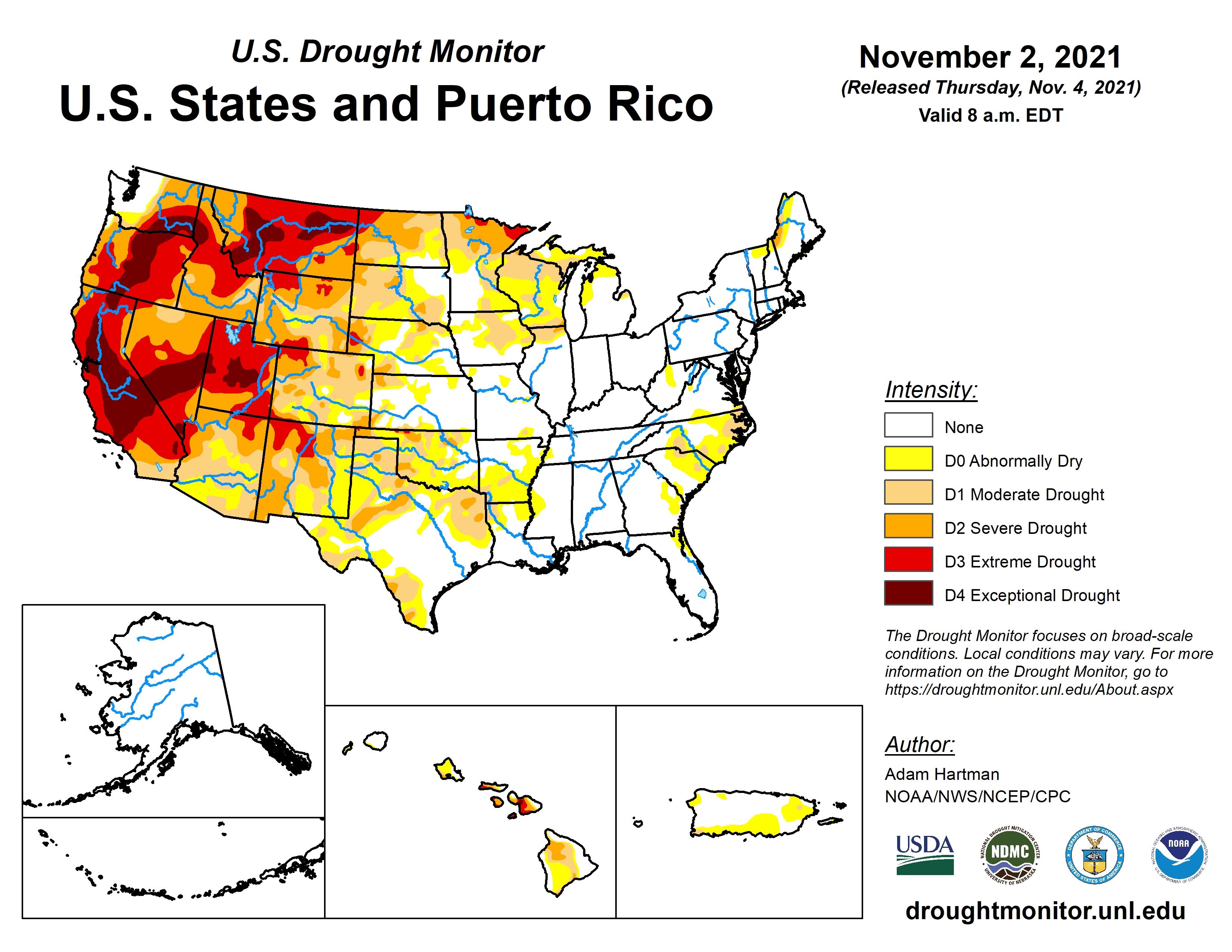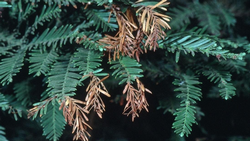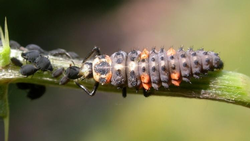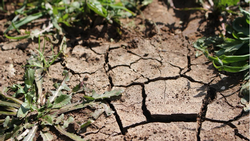How Climate Change Affects Your Garden

Climate change refers to long-term alterations in our average weather patterns. Human activities, primarily fossil fuel burning, have increased greenhouse gas levels in Earth’s atmosphere. Greenhouse gasses trap heat. The result is warming of Earth’s surface temperatures.
To be successful in the face of climate change, gardeners must adopt best practices. It is also heartening that gardeners can contribute to climate change solutions.
⟩The impacts of climate change
⟩How can gardeners help mitigate climate change?
⟩How can gardeners adapt for a changing climate?
Impacts of climate change: what do gardeners need to know?
The environmental impacts of climate change are many. However, these four factors are the most relevant to gardeners:
Rising temperatures – The Bay Area’s average annual maximum temperatures increased 1.7 degrees F from 1950 to 2005. A further increase of at least 3.3 degrees F is likely by mid-century. This is true even with significant efforts to mitigate climate change. For the gardener, this means:
• USDA Plant Hardiness Zones are migrating.
• Coastal fog, an important source of summer moisture, is less frequent.
• Plants may not get adequate rest in the dormant season.
• Fruit and nut trees may not get the chill hours they need for successful fruiting.
• Winter warm spells can encourage plants to leaf or bud out, only to be struck by frost before spring arrives.
• Plants will lose moisture faster.

• Look for more variability year to year, with very wet and very dry years.
• The Bay Area’s largest winter storms (“atmospheric rivers”) will become more intense and damaging. The results? Extreme run-off, mudslides, and waterlogged plant roots.
• California droughts will likely be longer and deeper. This will be true even if average rainfall does not change.
• Long dry periods increase plant flammability. Dry vegetation can fuel wildfires.

• Pollinators could be out of sync with flowering plants.
• Invasive plants could invade and native plants retreat.
• Marin could become less suitable for evergreen forests.
• Conditions here will become more favorable for heat-adapted vegetation.
• Wildlife species may shift locations as vegetation transforms.

• Changes in temperature, precipitation, and evaporation will make summer soil drier and can accelerate the loss of soil carbon to the atmosphere.
• Cascading impacts may affect soil structure, soil nutrient availability, and other soil functions.
• Rising temperatures and associated vegetation changes may alter microbial communities that are the living foundation of soil.
